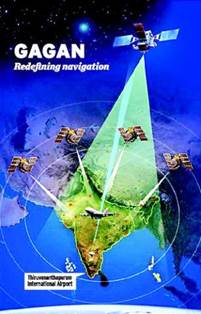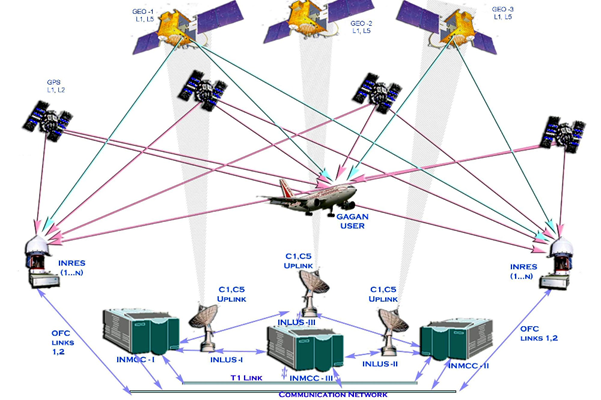





Disclaimer: Copyright infringement not intended.
Context
What is GAGAN?
Background
GAGAN Technology
Services Offered
Gagan applications
How it works?

Coverage Area










© 2025 iasgyan. All right reserved